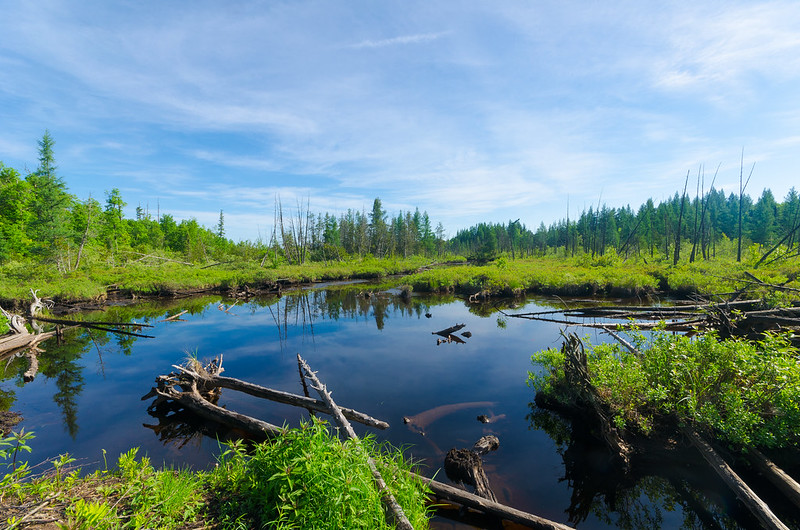A new global assessment of scientific literature led by NATURANCE researcher Marta Vicarelli (University of Massachusetts Amherst) ‒ Jaroslav Mysiak is among the authors, too ‒ highlights that Nature-based solutions (NbS) are an economically effective method to mitigate risks from a range of disasters which are only expected to intensify as Earth continues to warm. The article is published in the Science of the Total Environment journal.
The potential of Nbs for Disaster Risk Reduction (DRR) and Climate Change Adaptation (CCA) is now recognized by major national policies and international framework agreements. However, there is limited scientific evidence about their economic viability and equity impacts.
The researchers generated a global database of 402 observations, from 87 English-language peer-reviewed articles published between 2000 and 2021, which undertook economic evaluations of NbS for DRR and CCA. Based on our results, 71% of studies indicated that NbS have consistently proven to be a cost-effective approach to mitigating hazards and 24% of studies found NbS cost-effective under certain conditions.

The ecosystem-based interventions most frequently found effective in mitigating hazards are associated with mangroves (80%), forests (77%), and coastal ecosystems (73%). Studies comparing the cost-effectiveness of NbS and engineering-based solutions for mitigating certain hazards showed that NbS are no less effective than engineering-based solutions”.
Among these studies, 65% found that NbS are always more effective in attenuating hazards compared to engineering-based solutions and 26 % found that NbS are partially more effective. The findings illustrate a range of factors, including the geographic locations of the NbS analyzed, their contribution to the restoration and increase of biodiversity, their property rights structure, their source of financing, and the economic methodologies employed to assess cost-effectiveness and distributional effects.
“Our results indicate that not only are NbS economically effective in mitigating hazards, but that their benefits are still underestimated […] because they are difficult to quantify.”
Vicarelli explains in a feature published in the University of Massachusetts Amherst website. “How should we value improvements in air quality or in soil quality? How should we value the protection of an endangered species or the overall increase in biodiversity after the implementation of an NbS? And how about estimating the cultural or even spiritual value of an environmental asset? These assessments require complex and potentially expensive valuation techniques. For this reason, the additional benefits of NbS are often understudied and underestimated.”
Another key finding of the research is that NbS have been financed mainly by the public sector, even when the interventions involve private property. For these solutions to have a truly global impact, additional funding is required, and a significant share must come from the private sector, Vicarelli says. “A transformative upscaling of Nature-based Solutions requires both public and private financing,” she adds. “The next step is developing innovative nature-based insurance and investment solutions.”
Take-home message
- Nature-based Solutions (NbS) are a cost-effective approach to mitigating hazards.
- NbS are no less effective than engineering-based solutions in mitigating hazards.
- Public programs are the main source of NbS financing.
- Private-public partnerships are emerging as NbS funding strategies.
Press corner
- The cost-effectiveness of nature-based solutions for reducing disaster risk (Nature-based Solutions Initiative website, 4 October 2024)
- UMass Environmental Economist Marta Vicarelli Briefs White House on Nature-based Solutions Research (UMass Amherst magazine, 12 August 2024)
- Nature-based Solutions to Disaster Risk from Climate Change are Cost Effective, UMass Amherst Study Confirms (UMass Amherst magazine, 16 July 2024)
Picture: Joshua Mayer via Flickr.

